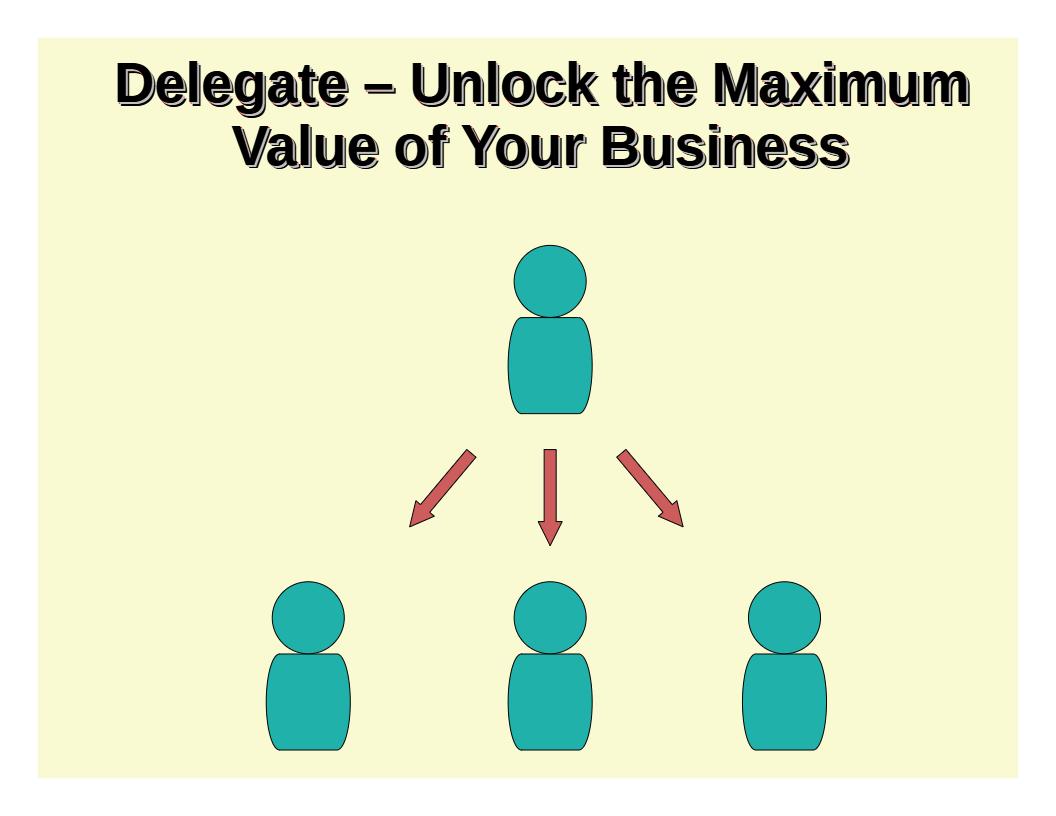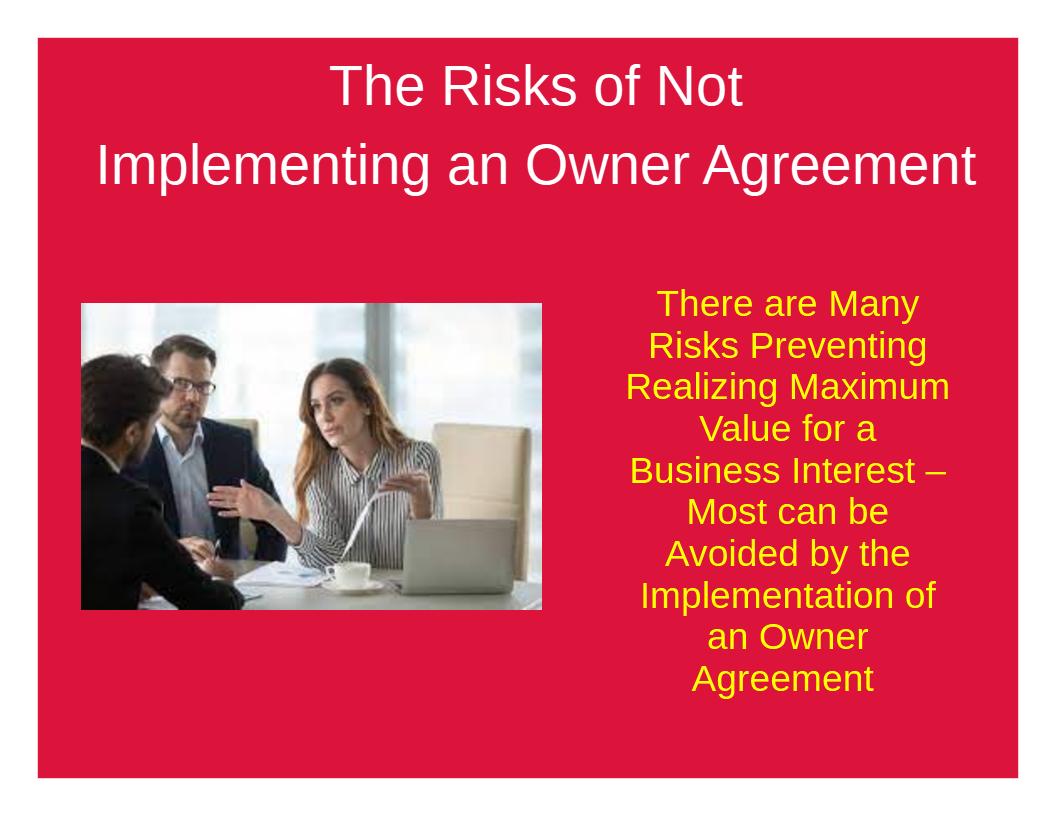We have all been there. Rearranging the deck chairs on the Titanic. There was always an unspoken vision – never written but certainly desired. But things got in the way. The problem was that so many issues came up. There was never a quiet period when things could be thought out. There was never enough time to do it right. Then there was no time at all, and what we were doing was too little too late.
How many business owners have you been aware of who have never derived full value out of their business? Some owners could not realize their business dreams because of a health issue or burning out. Some owners were forced out by other owners. Most owners fail to realize maximum value from their business simply because no one would buy their business for full value. These owners did not receive full or maximum value from their business because they did not plan, and then all of a sudden, what they were doing was too little too late.
Having an owner agreement with buy-sell provisions protects the value of the interests of owners who cannot be involved in the full cycle of the business. Planning for the sale of a business for maximum value is the way to obtain maximum value for a business interest. But most businesses do not have written plans. Why? Business owners will tell you it is because they never had time to plan, but that is not the reason.
You will not have time to plan if you continually do those tasks which are urgent but not important over those tasks that are important but not urgent. The business owner should prioritize time for creating a written strategy, implementing a plan from that strategy, and revising the plan as it is executed. Not doing that by prioritizing urgent but not important tasks that could be delegated is a form of procrastination – a fear of the difficult tasks involved in the important activity of planning. For a multiple-owner business, the values of the owners should be articulated one to the others and a strategy, like the Prior Diligence strategy, developed from those conversations. This is not easy, and it requires quality time for the owners to communicate. From this strategy, a plan of action through Dynamic Planning should be developed through group decision-making involving all elements of the business. This is also difficult, but it can be accomplished, and it becomes easier as a group decision-making policy becomes embedded in the business. Don’t let the time thief steal your chance to get full value from your business. Learn how at the Owning a Business substack (https://rickriebesell.substack.com/welcome).




